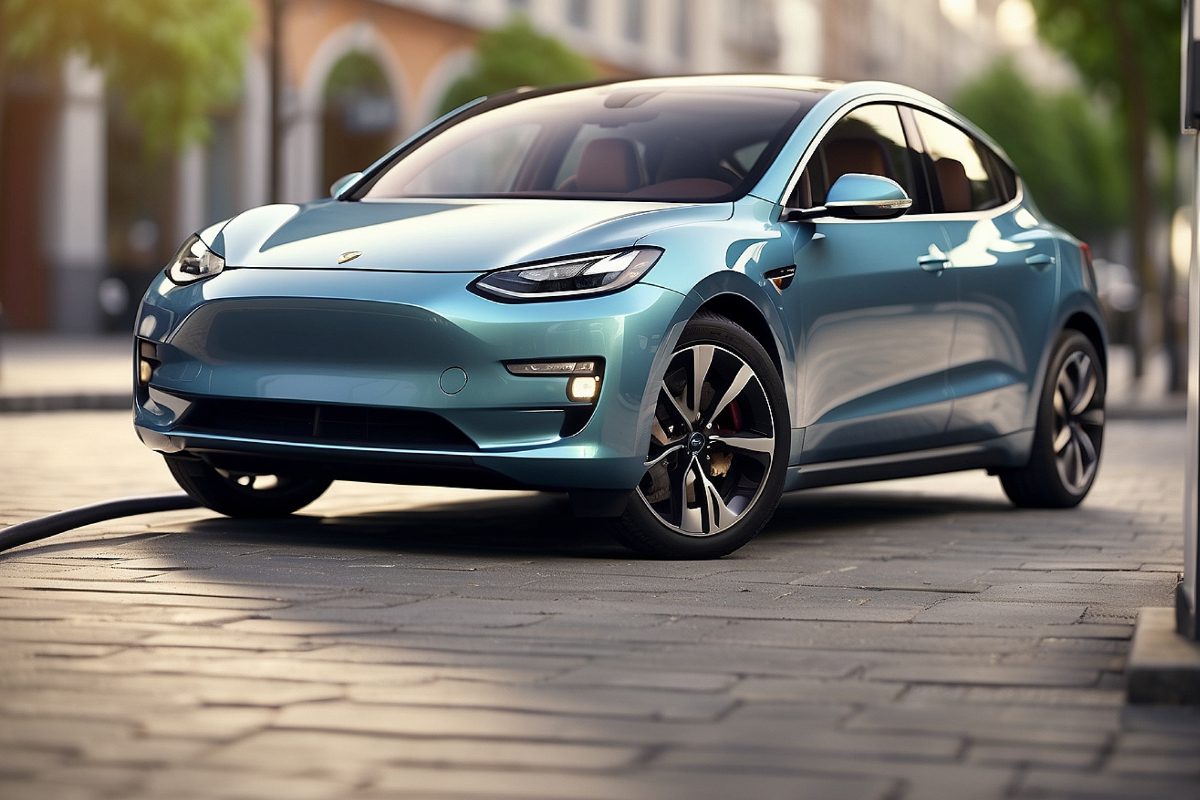One of the most extraordinary idioms ever told was “pride comes before a fall”, and that statement feels very poignant now that the dust has settled around the whole Apple Electric car debacle.
In the end, Apple’s belief that it could make better Electric Vehicles (EVs) than Tesla and every other automobile manufacturer was the very thing that doomed the project before it started. As the adage goes, Apple flew too close to the sun, and now they’ve crashed back down to earth.
With Apple’s reputation as one of the most well-managed companies in the world, it’s perplexing to comprehend how they stumbled and missed the opportunity to revolutionise the automotive industry. Nonetheless, allow me to explain why the Apple car was always going to fail.
Apple’s Big Decision
In 2014, Apple began the journey to develop electric vehicles, facing a critical decision. The company had two paths to pursue. It could either create an electric vehicle with limited autonomy, akin to Tesla’s models, or it could pioneer a groundbreaking self-driving vehicle that redefines transportation.
One thing you will learn about Apple from reading this article (i.e. if you don’t already know) is that Apple is not afraid of making bold choices, and unfortunately, those choices sometimes come around to bite them in the butt.
Apple chose the second approach, which turned out to be problematic. They believed they could tackle the challenging goal of full self-driving technology, a struggle that the auto industry as a whole still faces today. At the same time, Apple was pushing boundaries with innovative designs following successful disruptions in smartphones, tablet computing, and music playback. And they were about to launch the smartwatch, a project they thought would upend the entire Swiss watch market.
Apple intended to accomplish the same thing with cars. With this in mind, what was the purpose of introducing a Tesla clone? That would not revolutionise the industry. However, such an automobile could have highlighted Apple’s design expertise while also being fully connected to the company’s product network. Not a bad deal for Apple enthusiasts.
Where Cracks began to show
However, when Apple finally acknowledged their mistake a few years ago, they were confronted with an unfortunate reality: it was already too late. The entirety of their design efforts had been dedicated to creating a car that would revolutionise the industry by eliminating the need for a steering wheel or pedals.
Moreover, the company had invested billions of dollars into building a Level 5 self-driving system, the epitome of automotive autonomy. The die had been cast, and it appeared that they had irreversibly crossed the point of no return. Sometimes, one must accept the futility of trying to avert a catastrophic event; all that remains is to witness its spectacular downfall.
It appears that, based on the perspective of an individual involved in decision-making, Apple attempted to bypass the initial iPhone models and directly introduce the iPhone X. Rather than simply establishing a satisfactory car with an Apple user interface, a sleek designed interior and exterior, and an iPhone-like purchasing experience, the company placed all its focus on autonomy, which turned out to be a misguided move.
In addition to other significant issues, there were also concerns about the project’s cost, the potentially high expenses for consumers, and the slim to non-existent profit margins a car might generate. These challenges were further complicated by indecision among Apple’s executive team and the inherent production difficulties in manufacturing a car. However, ultimately, the endeavour was doomed by hubris.
Opinion
One thing Apple failed to understand was the automobile industry. They grossly underestimated what it would take to make a serious dent in the car-making world and as such found it almost impossible to break into.
In the end, they found out that the Apple brand might have been enough for them to get in through the door, and that may have been all they needed, but they couldn’t see that and found it hard to recover from the expected losses they would have endured.
The auto market is challenging to enter due to its long history, numerous competitors, complex supply chains, and the need for significant capital investment. Creating a Tesla clone or a vehicle that revolutionises the industry was a risky endeavour, but Apple might have been capable of achieving it.
The business might have simply adopted the strategy of its earlier successful products, which avoided attempting to do too much at once. Remember that the original iPods didn’t have colour screens, the first iPhone didn’t have 3G, and the Apple Watch wasn’t water-resistant until the second iteration. With the car, Apple could have launched a product, sold hundreds of thousands of units, and then gathered all the data required to develop a workable platform for self-driving cars.
Hubris makes us do a lot of things, but the most dangerous thing it does to us is cut off a nose to spite the face. Nevertheless, Apple is still one of the largest companies in the world, and I have no doubt they will be sniffing around this industry in the not-too-distant future, Or do you guys think Apple is better off focusing its considerable efforts somewhere else?
References: Bloomberg, The New York Times


